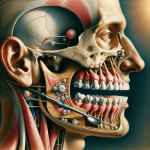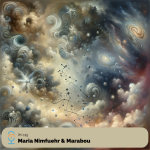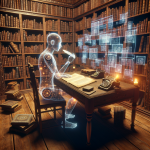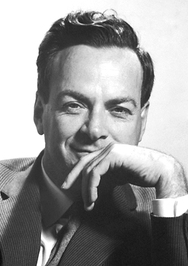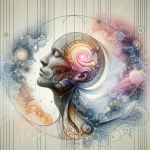
Embodied Cognition in Language and Environment
Contemporary Research: An Unveiling of Language and Sensory Perception
Contemporary research has unearthed a fascinating intertwining of language with our sensory perceptions, shedding light on the depths of human cognition. Groundbreaking studies by thinkers such as George Lakoff and Mark Johnson have uncovered that our everyday use of metaphor is deeply embedded in our corporeal experiences, indicating a profound connection between the sensory world and the metaphoric language that pervades our conversations.
For example, when English speakers articulate progress, they often refer to going “forward” in achieving objectives or characterizing serious issues as “heavy” burdens that need addressing. This correlation is not random but is deeply embedded in the idea of “embodied cognition.” Research highlights that the language we employ mirrors the physical and emotional experiences we encounter, knowledge that is vital for enriching our engagement with our surroundings.
Embodied Cognition and Real-World Applications
The field of embodied cognition has revealed pertinent discoveries regarding the subconscious ways in which individuals respond to their thoughts and environment. Among these, it has been noted that individuals physically lean forward when thinking about the future, whereas reminiscing about the past can cause a slight backward tilt. These physical responses suggest benefits for designing counseling environments that align with such instinctual postures.
Additionally, language serves as a marker for social connections, with terms such as “close” not only denoting physical proximity but emotional and ideological alignment as well. Observations on personal space confirm that people tend to stand closer to those they concur with. This awareness can be translated into how moveable furnishings are arranged to preserve social comfort.
Investigations extend into moral cognition which often aligns with imagery of light and darkness. Dimmer environments are associated with deceitful behavior, reflecting the common metaphorical juxtaposition of darkness with wrongdoing and light with innocence. Furthermore, there’s an observable link between physical cleanliness and moral conduct, suggesting that the presence of clean aromas can steer fairness and altruism in communal areas.
A deeper dive into the psychological impacts of temperature has shown that social exclusion can literally make one feel colder, while warmer settings encourage feelings of togetherness and friendship. This understanding could inform choices around ambient temperature in public spaces to enhance community cohesion.
Finally, the idea of importance is mentally tied to an object’s heft, suggesting that our judgments are often molded by tangible sensory experiences. These findings indicate the sophisticated interplay between our physical sensations and the metaphorical language we use—a dynamic that significantly influences our behavior and the discipline of environmental psychology.
The research presented underscores the complex role sensory perception plays in shaping our language and, consequently, our interactions with our environment. Armed with this knowledge, we can consider scientifically backed design elements, such as layouts for counseling spaces to color choices, to positively affect human behavior.

